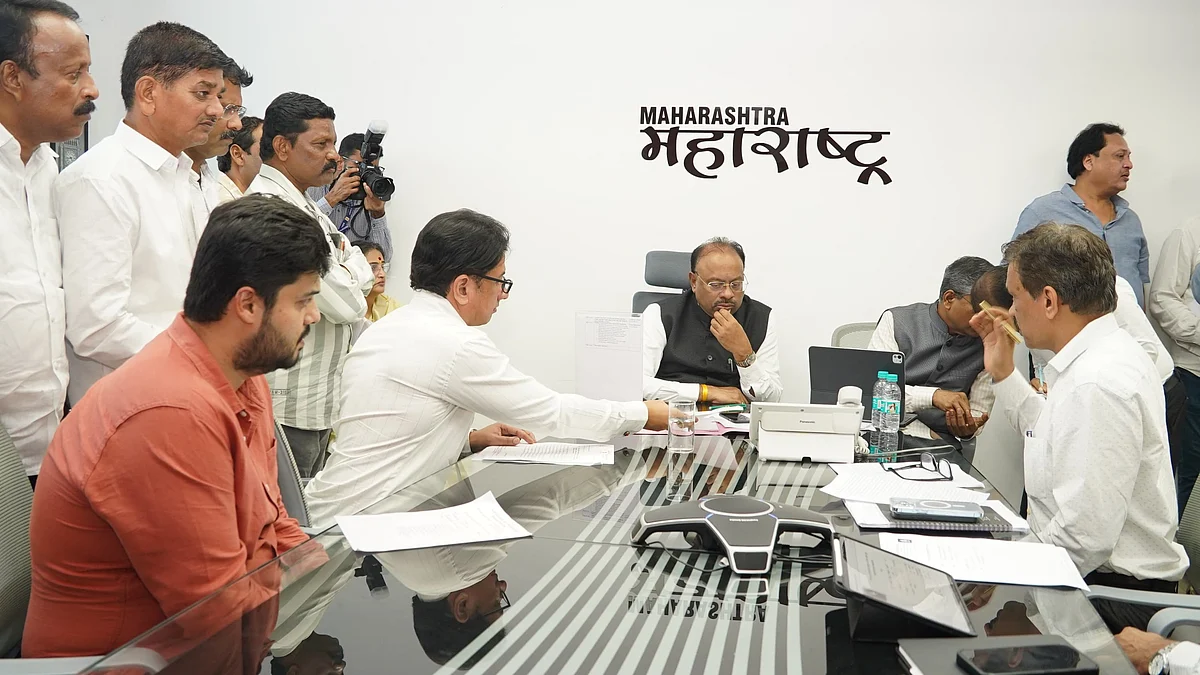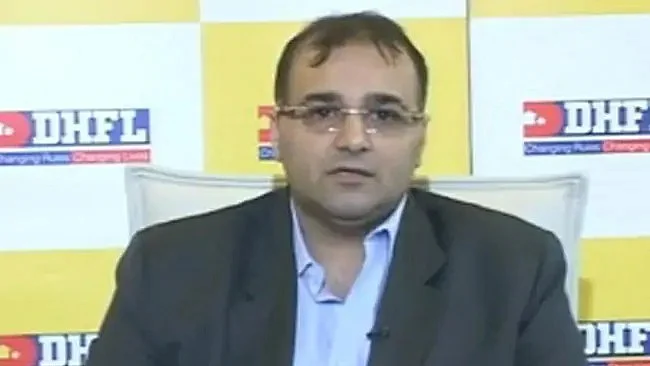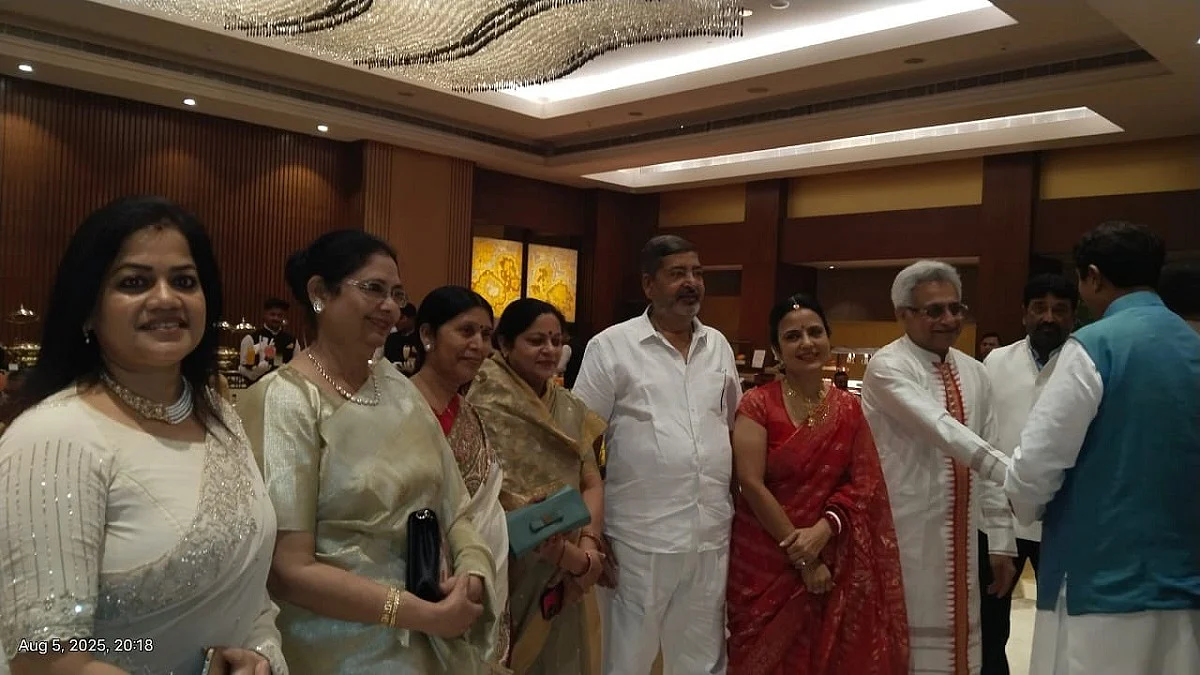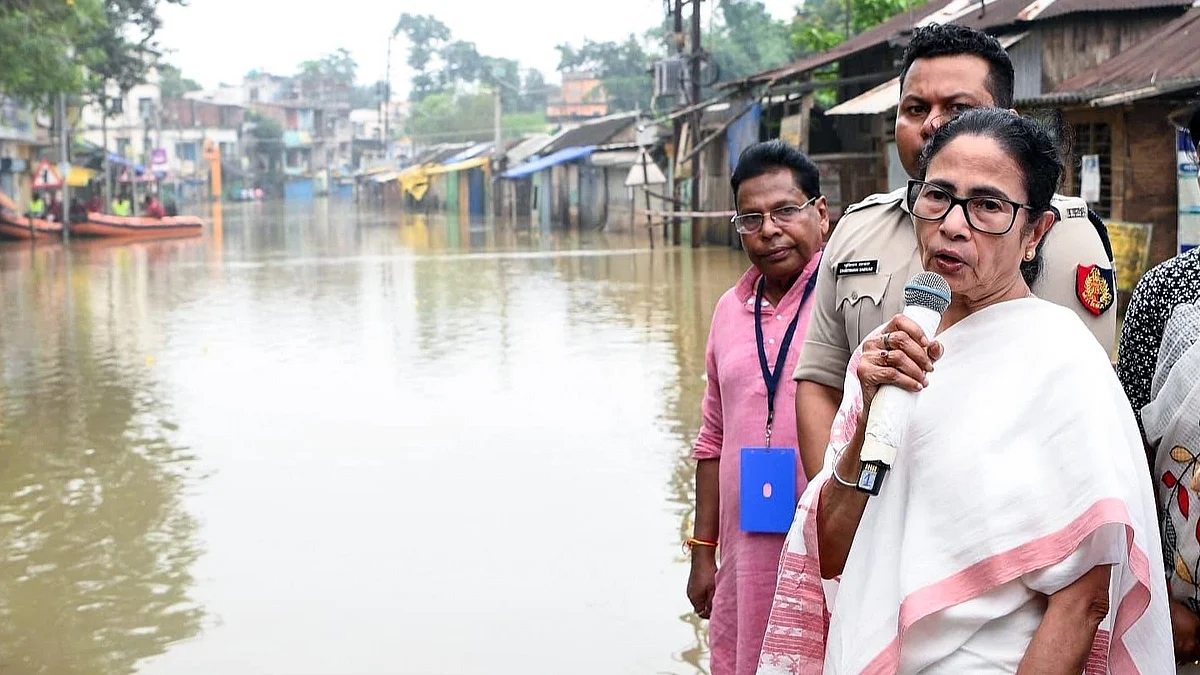Time was when Swiggy did most of the feeding for us. In these times of COVID 19, suddenly the humble gas range has assumed pride of place. With families under lockdown at home, practically all meals are now being prepared on the gas range. While this definitely leads to lowered expenses (no eating out, minimal ordering in), your gas cylinder or piped gas connection is most likely being utilised way more than earlier.
As doubts prevail about the availability of gas cylinders, here are some tips to ensure your LPG goes a longer way…
Keep it low
Cook on reduced heat at far as possible especially when reheating. Anything beyond the minimal required temperature will be a waste of your resources. Once your liquid boils, reduce the flame. If you are following a recipe, note what temperature it specifies—whether low, medium, or high.
All covered
Ensure your pot or pan covers the flame completely. Flames licking the sides of the vessel are proof that your flame is too high. You need to lower the temperature so that the flame is restricted only to the bottom surface of the vessel.
Shape matters
Flat-bottomed cookware is recommended as this ensures the entire heating surface stays in contact with the flame at all times.
Choose right
If your gas range has burners of different sizes, make sure you choose a burner that is smaller than the cookware you are using. This helps ensure that there is no wastage of heat.

Clean it
To keep your burners working at best capacity, it’s important to keep them clean. When the burners are cool to the touch, remove the protective grates and clean off any dirt with a damp towel. Scrub the area around the burners with soapy water until they are clean and free of any residue.
Go blue
The flame given out by your gas stove should be a bright blue in colour. If your flame is yellow or orange it could be a sign of incomplete combustion. Besides a waste of LPG, this also releases harmful carbon monoxide gas. You need to call your repairman to fix or replace it if needed.
Beware leaks
Always be alert to strange smells or any hissing sounds coming from your gas range. Gas could be leaking out even when you’re not cooking. Besides a loss of resource this is also a serious safety risk. Call your gas agency immediately.
Quality control
As far as possible, choose high-quality cookware made of stainless steel, copper or ceramic. They are highly conductive, which means they heat up faster and distribute heat evenly.
Under pressure Use a pressure cooker to cook your food faster. This results in saving LPG and less time in the kitchen!
Prep well
It’s important to have all your ingredients at hand before you turn on the flame. When everything is thawed, marinated, peeled, chopped before you turn on the gas, there will be less wastage of LPG.
Lid on
Covering your pots and pans with well-fitting lids helps retain the heat. Naturally food cooks more rapidly and that’s more LPG saved.
Cook in bulk
Try cooking larger quantities of food at one go and freezing some away for future consumption. This not only helps cut cost, but also saves time and energy. Just reheat and eat.
In addition to these tips you can also alternate your cooking with the use of induction chulhas and ovens.











